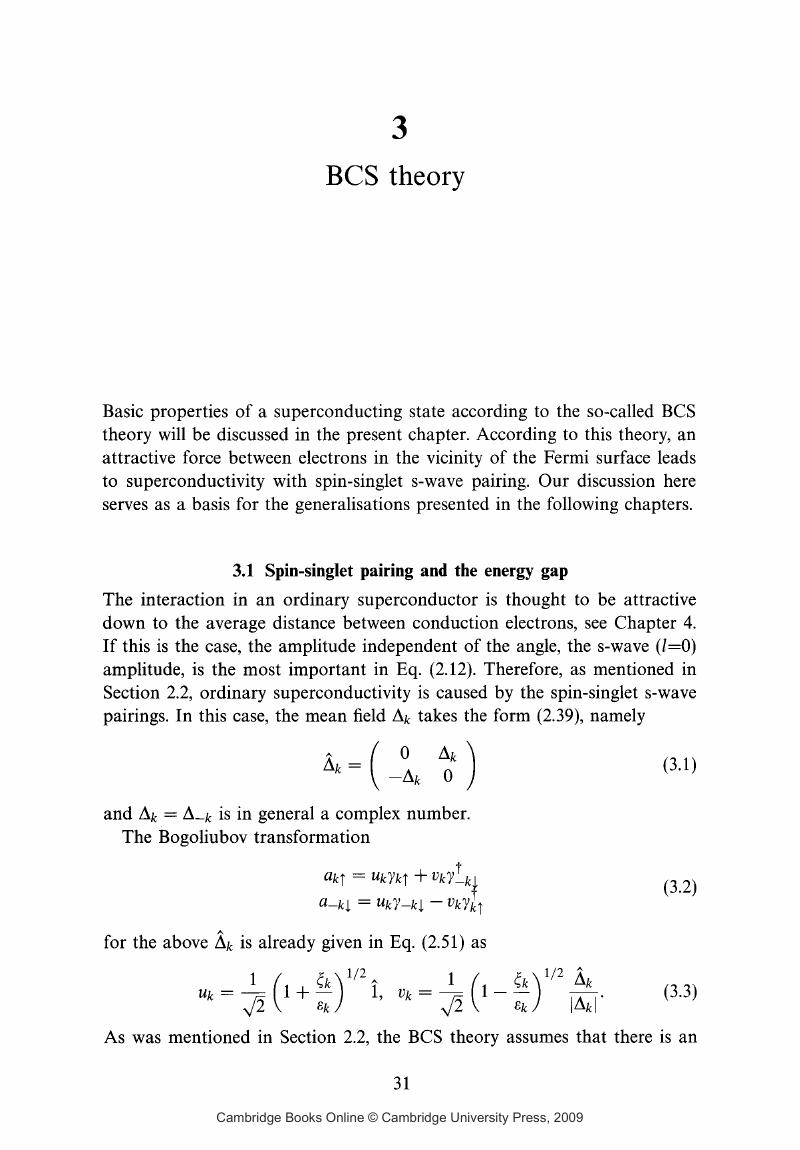In the mesmerizing realm of condensed matter physics, two phenomena stand out for their counterintuitive properties: superfluidity and superconductivity. Despite their superficial resemblance—they both epitomize a state of matter where classical laws of physics seem to unravel—they emerge from distinct theoretical frameworks and experimental conditions. The objective here is to navigate the nuanced landscapes of these two fascinating states, exploring their underlying principles, mutual interconnections, and potential applications.
To embark on this journey, understanding the genesis of both superfluidity and superconductivity is imperative. Superfluidity, typically observed in helium-4 at temperatures approaching absolute zero, manifests as a state where the liquid flows without viscosity. This mesmerizing behavior can be attributed to the formation of a macroscopic quantum state where a significant number of particles occupy the same ground quantum level, resulting in a coherent wavefunction. As Richard Feynman poignantly noted, this behavior arises because the particles exhibit a collective motion that defies classical intuitions.
In stark contrast, superconductivity—a phenomenon that many associate with the intricate nature of electrical resistance—occurs in certain materials, such as lead and niobium, when cooled below a critical temperature. In this state, electrical resistance vanishes, enabling the unimpeded flow of electric current. The principle behind superconductivity can be elucidated through the Bardeen-Cooper-Schrieffer (BCS) theory, which posits the formation of Cooper pairs: pairs of electrons that, under specific conditions, bind together at low temperatures, leading to a ground state that allows for coherent movement without scattering.
Despite these differences in foundational mechanisms, a tantalizing question arises: are superfluidity and superconductivity two sides of the same coin? To delve deeper into this inquiry, one must examine the nature of the particles involved. Superfluid helium consists of bosons—particles that follow Bose-Einstein statistics, allowing multiple particles to occupy the same quantum state simultaneously. Conversely, superconductors primarily comprise fermions, which adhere to the Pauli exclusion principle. However, through pairing mechanisms, these fermions effectively behave like composite bosons under certain conditions, thus hinting at a profound interrelation between the two phenomena.
The interaction of these pairs, whether in ( ^4He ) or in superconducting materials, begs consideration of quantum coherence—a cornerstone in the physics of both states. Superfluid helium showcases quantized vortices that imply a fractal-like structure within its flow lines, while Cooper pairs exhibit phase coherence that leads to zero resistance. This intersection of coherence manifests an intriguing dance of quantum mechanics; however, the choreography demands distinct partners—helium atoms in the superfluid case and electron pairs in superconductivity.
To further elucidate the relationship, we now turn to the critical phenomena observed in both states. Phase transitions play a pivotal role in both superfluidity and superconductivity, marking a shift from classical to quantum behavior. In superfluid helium, the transition occurs at the lambda point where the system undergoes a profound shift in entropy, while superconductors experience a critical temperature below which their resistance identity radically transforms. This analogy draws a beautiful parallel between the two phenomena, emphasizing that they both reside within the domain of quantum phase transitions, albeit in different manifestations.
As we delve deeper into the implications and applications of these two phenomena, it becomes evident that the potential of superfluidity and superconductivity is vast and varied. Both states possess significant technological ramifications, spanning quantum computing, magnetic resonance imaging, and energy transmission systems. Superconductors offer pathways to lossless power lines and powerful magnets, while superfluid helium plays a crucial role in cryogenics and precision measurement technologies. The quest for room-temperature superconductivity drives intense research, with the ultimate goal of realizing practical and efficient energy systems globally.
Moreover, the ongoing interplay between superfluidity and superconductivity provides fertile ground for interdisciplinary exploration. Scientists are investigating superconductors that exhibit superfluid-like properties, leading to the synthesis of novel materials with unconventional characteristics. High-temperature superconductors, in particular, have sparked curiosity due to their enigmatic behaviors, suggesting deeper theoretical frameworks that bridge the worlds of superfluidity and superconductivity.
While superfluidity and superconductivity may represent different partners in this intricate dance of quantum mechanics, they undeniably share a symbiotic relationship that could redefine our understanding of the fundamental laws of physics. The exploration of these phenomena invites curiosity and inspires wonder, as each advances not only scientific inquiry but also potential technological revolution.
In summation, the captivating discourse surrounding superfluidity and superconductivity invites scholars and enthusiasts alike to peer deeper into the fabric of the universe. By appreciating their distinct characteristics and points of intersection, researchers can cultivate a broader understanding, unlocking new avenues of inquiry that may one day illuminate the mysteries of matter. The question remains: will the next generation of research finally unveil the unified principles that govern these enchanting states of matter? The dance is far from over.








